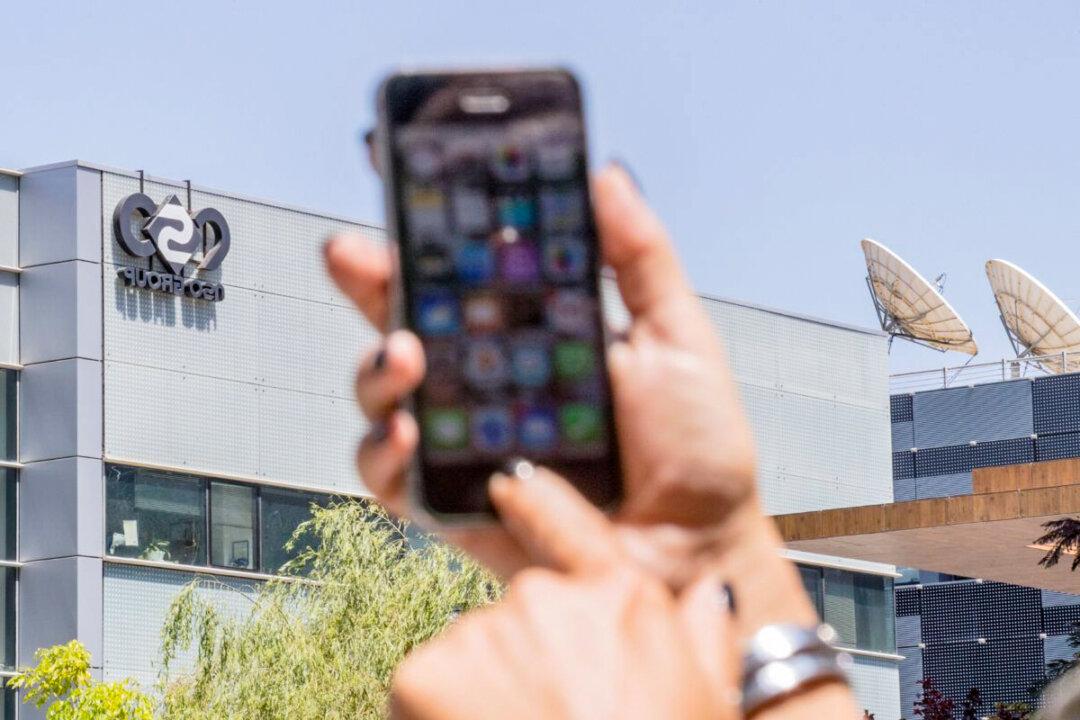Apple released iOS 16.4.1 on April 7, about two weeks after the firm released its previous update to the operating system. The update was deployed to fix vulnerabilities that could be actively exploited.
While the tech giant didn’t offer many details about the fixes, it said that the bugs, tracked as CVE-2023-28205 and CVE-2023-28206, were fixed in its latest update, according to an Apple support page.





